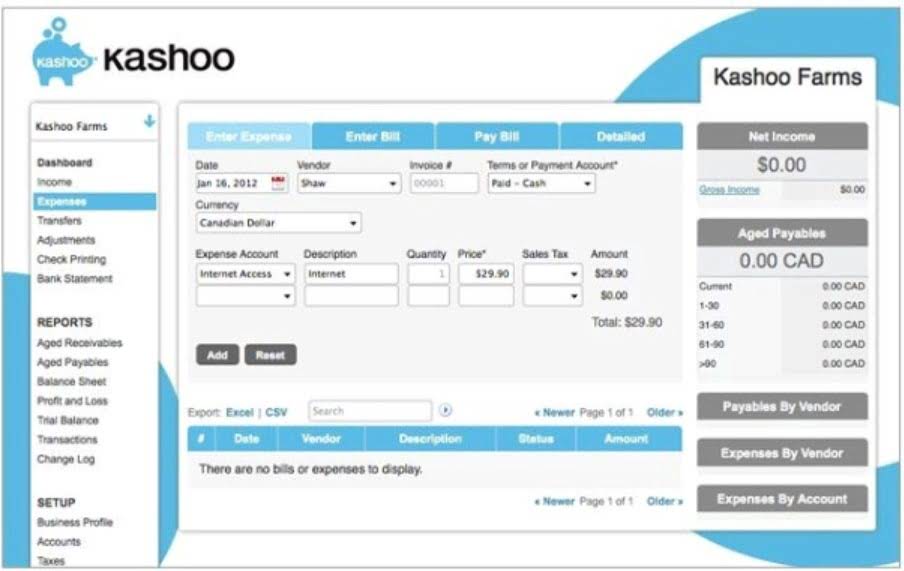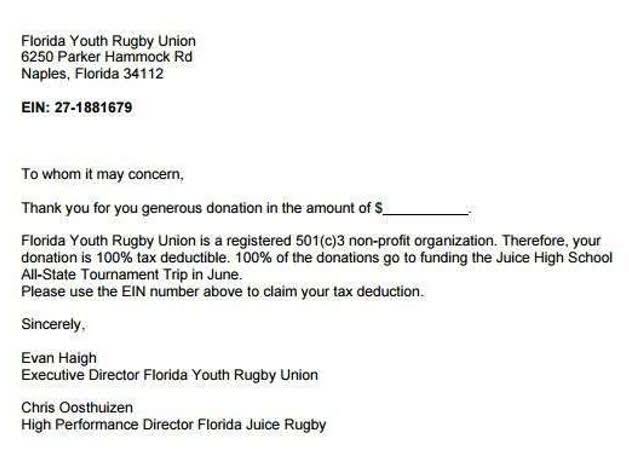Partial Lease Terminations: Accounting and Best Practices under ASC 842 Leave a comment
In certain situations, it may not be immediately apparent whether a payment constitutes a lease termination payment under the regulations. For example, the relevant legal documents may refer to a payment made by the lessor as repurchasing the lease from the lessee rather than as terminating the existing lease. In other instances, the lessor may make a payment to the tenant for amounts designated for ancillary costs, such as moving costs of the lessee or reimbursement for tenant improvements being forfeited. This is calculated by comparing the carrying amount of the net investment in the lease with the fair value of the underlying asset being brought back onto the books. Any termination payment received from the lessee is factored into this calculation, increasing the gain or decreasing the loss.
Equitable Value vs. Fair Market Value: Key Differences
- The accounting treatment of an operating lease termination requires careful consideration of various factors such as remaining lease term, penalties, and the potential for asset return conditions.
- Capitalize – To record an expenditure or contribution which may benefit a future period as an asset rather than to treat the expenditure as an expense of the period in which it occurs.
- Accurate and transparent financial reporting during lease termination is essential for stakeholders to maintain the integrity of financial statements and provide stakeholders with reliable information.
- For example, assume a lessor has a net investment in a sales-type lease with a carrying amount of $150,000.
- Any payment made to the lessor as a termination penalty is factored into the calculation of the overall gain or loss.
The company would then inspect each vehicle, noting any damages or issues that could incur penalties. Financial reconciliation would involve calculating the remaining payments, comparing the vehicles’ book value to their fair market value, and determining if any impairment losses have occurred. By following these steps, the company can manage the lease termination process effectively and minimize unexpected costs or legal disputes. Terminating a lease can be a complex process, fraught with legal implications and financial repercussions.
Lessee
For the party ending the contract and making a payment, the accounting treatment centers on recognizing the cost and removing all related items from the balance sheet. Any termination fee is recognized as an expense or a loss in the period the contract is officially terminated. The company must also derecognize, or remove, any assets and liabilities that were established as part of the original contract. The difference between the carrying amounts of these items and the cash paid constitutes the total gain or loss.
Required Disclosures for Lease Terminations
- A lease excludes contracts or agreements for services, except those contracts or agreements that contain both a lease component and a service component.
- The goal is to present a clear picture of the termination’s effect on the company’s financial position in the period it occurs.
- History may not be a good indicator if the same lessee has a renewal option on another leased office space that has significant leasehold improvements.
- The standard has a significant impact on how companies account for lease terminations.
The end of a lease term doesn’t just signal the cessation of payments; it often involves a detailed procedure to reconcile the lease asset’s value, return conditions, and potential penalties for early termination. Lease termination in the context of operating lease accounting is a critical juncture for How to Invoice as a Freelancer both lessees and lessors. It marks a point where the contractual obligations of the lease agreement are brought to an end, either at the natural expiration of the lease term or through early termination.
Profits interests: The most tax-efficient equity grant to employees
This process ensures that financial statements accurately reflect the company’s obligations and assets post-termination. On the income statement, termination costs can lead to an immediate expense, affecting profitability. The balance sheet will show a reduction in lease liabilities and right-of-use assets, which can impact key financial ratios. Cash flow statements will reflect any termination payments, influencing operating cash flow. Accurate and transparent financial reporting during lease termination is essential for stakeholders to maintain the integrity of financial statements and provide stakeholders with reliable information.
- It requires a thorough analysis of the financial implications from various angles to ensure that the decision aligns with the company’s strategic financial objectives and complies with accounting standards.
- Organizations might find it helpful to turn to a team of specialists to help them understand how guidance in Topic 842 applies to strategic changes in leasing arrangements.
- Lessor – The entity that enters into a lease contract to provide the right to use an underlying asset for a period of time to a lessee in exchange for consideration.
- Accounting for partial lease terminations under ASC 842 can be complex, but with proper understanding and adherence to best practices, lessees can ensure accurate financial reporting and compliance with the accounting standard.
- ASC 842 is a new accounting standard that requires companies to record lease liabilities and right-of-use assets on their balance sheets.
- It’s a scenario that requires careful navigation to ensure that the interests of both the lessee and lessor are protected.
Here at Cradle, our mission is simple; it’s at the foundation of everything that we do. We want to make accountants’ lives easier by leveraging technology to free up their time to focus on running the business. Once you have viewed this piece of content, to ensure you can access the content most relevant to you, please confirm your territory. At the https://jobtied.com/2022/04/02/9-6-segmented-income-statements-managerial/ end of year one, the carrying amount of the right-of-use-asset will be $895,470 ($942,600 less $47,130 depreciation).
- For compliance, lease accounting standards must be reviewed to determine how lease terminations should be reported, ensuring consistency and transparency in financial reporting.
- At the time of termination, the SaaS company has a $20,000 contract liability on its balance sheet for subscription fees paid in advance by the customer.
- The Sec. 263(a) regulations that require capitalization of various intangibles contain a general cross-reference to Regs.
- While the modified lease liability value was calculated above, in this approach, the pre-modification lease liability value is used to calculate if there is a gain/loss on partial termination.
- When executing a lease termination understanding the notice requirements, seeking legal counsel to follow the proper procedures is advisable.
A common example is the early termination of an operating lease, governed by ASC 842. When a lessee terminates a lease, it must remove both the right-of-use (ROU) asset and the lease liability from its balance sheet. Any payment made to the lessor as a termination penalty is factored into the calculation of the overall gain or loss. When a lessee is assessing whether a renewal option is reasonably certain to be exercised or not, it would accounting for lease termination lessor not look solely to its history of exercising renewal options. Past decisions may have been in response to other factors or market conditions that occurred at that time and may not exist today. For example, if a lessee had previously leased office space with few leasehold improvements and did not exercise the renewal option.
Lease Liability Amortization Schedule: How to Calculate It in Excel
For example, assume a lessee signs a lease on June 15, 2022, for office space and lease payments begin on Jan. 1, 2023. The lessor gives control of the leased office space to the lessee on July 1, 2022, so the lessee can make leasehold improvements to the leased office. In this example, the lease commencement date is July 1, 2022, because that is the date the lessor conveyed the right to control the use of the office space to the lessee. The commencement date is important because that is the date on which the entity determines classification of, and initially measures, the lease. The new standard has a significant impact on lease termination decisions as it changes the way companies account for their leases.











